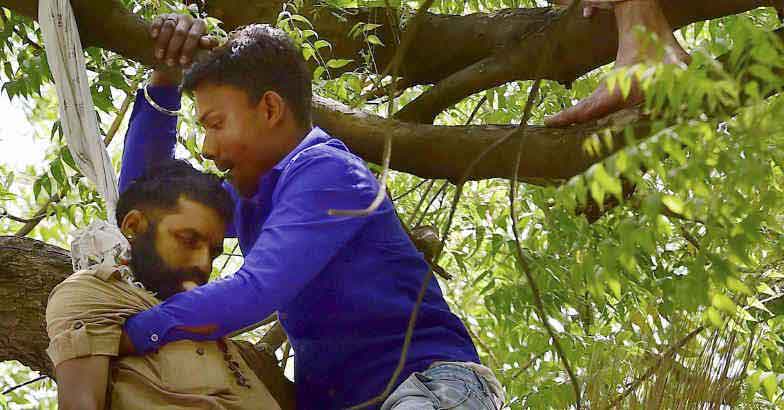An important new paper by respected researchers deconstructs the false hype around Bt insecticidal cotton in India. The study shows that:
* Bt cotton, introduced in 2002 to control bollworm and other pests, is grown on more than 90% of the cotton area
* By 2013 insecticide use was high – back to 2000 levels (before the introduction of Bt cotton)
* Yields have plateaued nationally, and farmer suicides have increased in some areas
* Pink bollworm causes damage in irrigated cotton, but not in rainfed cotton unless infested from irrigated fields. Therefore use of Bt cotton seed and insecticide in rainfed cotton is questionable
* Bt cotton may be economic in irrigated cotton, whereas costs of Bt seed and insecticide increase the risk of farmer bankruptcy in low-yield rainfed cotton
* Inability to use saved seed and inadequate agronomic information trap cotton farmers on biotechnology and insecticide treadmills
* Annual suicide rates in rainfed areas are inversely related to farm size and yield, and directly related to increases in Bt cotton adoption (i.e., costs)
* High-density short-season non-GM cottons could increase yields and reduce input costs in irrigated and rainfed cotton
* Policy makers need to conduct a holistic analysis before new technologies are implemented in agricultural development.

